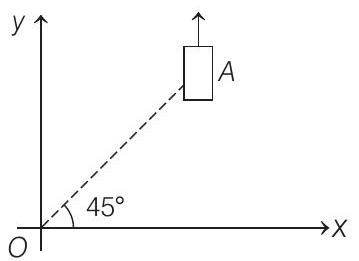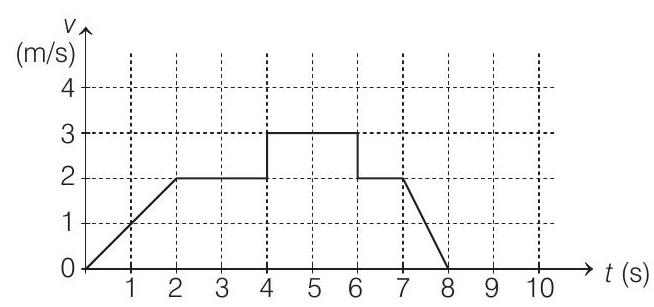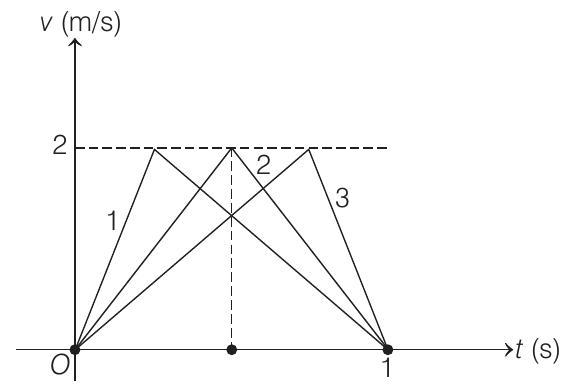Kinematics 4 Question 9
9. On a frictionless horizontal surface, assumed to be the
(a) The motion of the ball is observed from the frame of the trolley. Calculate the angle

(b) Find the speed of the ball with respect to the surface, if

(a)
(b)
(c)
(d)
Show Answer
Solution:
- Since, the body is at rest at
Therefore, first the particle is accelerated and then retarded.
Now, total time
Total displacement,

If height and base are fixed, area is also fixed .
In case
In case 1 : Acceleration
Retardation
While in case 3 : Acceleration
Retardation
Hence,






